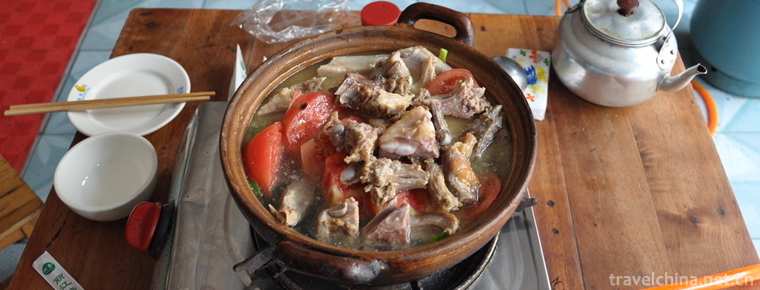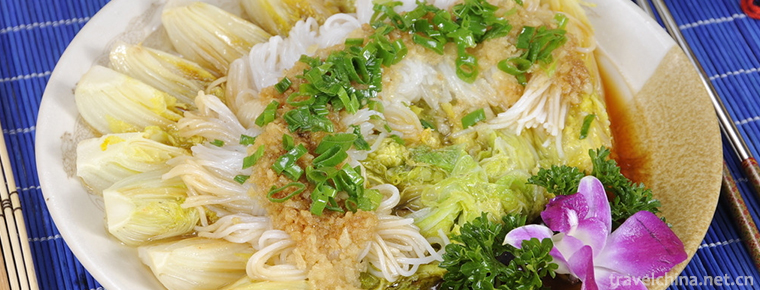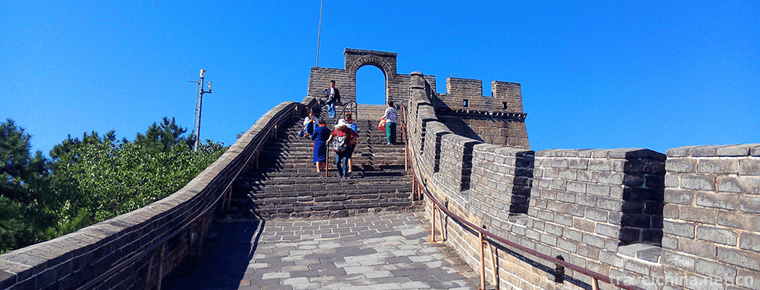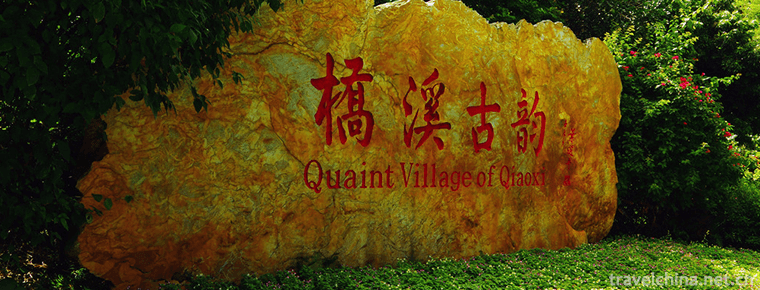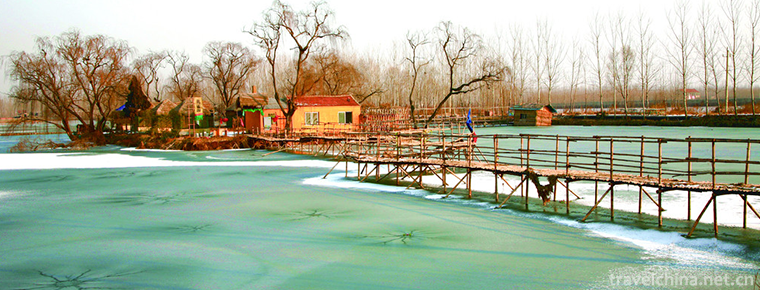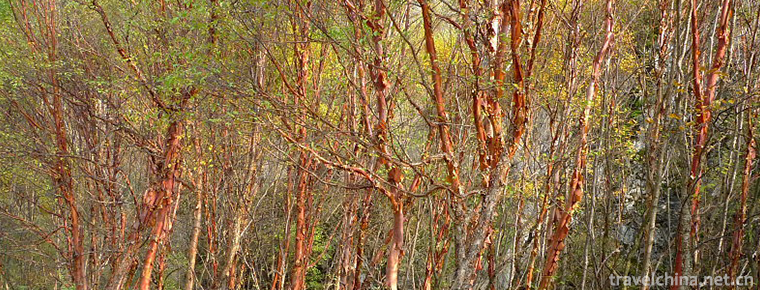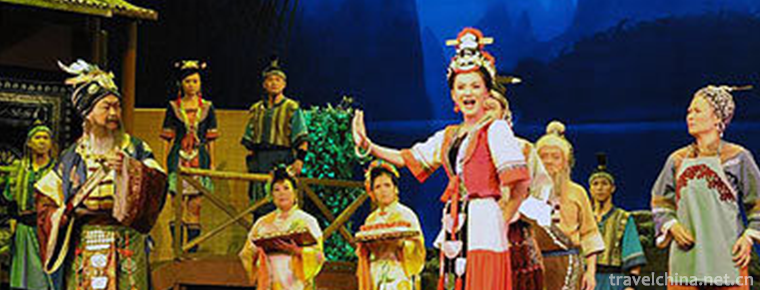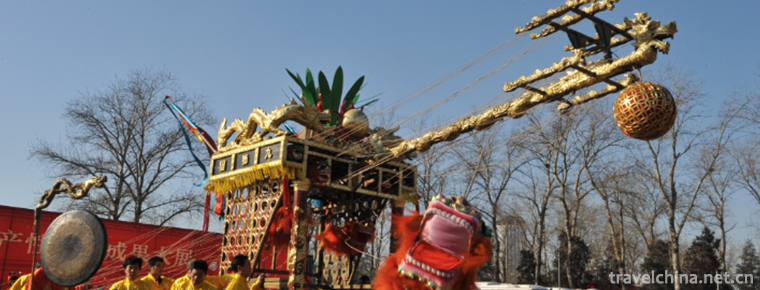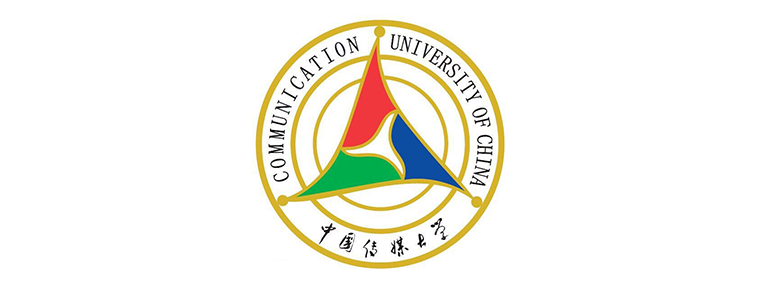Brewing Techniques of Zhenjiang Hengshun Fragrant Vinegar
Brewing Techniques of Zhenjiang Hengshun Fragrant Vinegar
Zhenjiang Hengshun aromatic vinegar brewing technology, Zhenjiang City, Jiangsu Province, local traditional handmade vinegar technology, one of the national intangible cultural heritage.
Zhenjiang Hengshun aromatic vinegar brewing technology production chooses high-quality glutinous rice produced in the "land of fish and rice" as raw material, using solid-state layered fermentation technology, which needs to go through three major processes of liquor making, fermentation, vinegar drenching and more than 40 processes to produce aromatic vinegar.
On May 20, 2006, Zhenjiang Hengshun vinegar brewing technology was approved by the State Council of the People's Republic of China and listed in the first batch of national intangible cultural heritage list, project number: _-62.
historical origin
Zhenjiang aromatic vinegar is made from glutinous rice. Its origin should be closely related to the invention and development of rice vinegar or glutinous rice vinegar. Aromatic vinegar is a typical rice vinegar. Its origin should be as early as rice vinegar. According to textual research, Tao Hongjing of Liang Dynasty has used and recorded rice vinegar in his Annotation of Shennong Herbal Classics.
Vinegar brewing has a long history in Zhenjiang. Zhenjiang Hengshun Vinegar was founded in 1840 and has a history of more than 160 years. According to the Chinese Pharmaceutical Code, "Zhejiang Hangshao is the best vinegar producer, but Jiangsu Zhenjiang is the best vinegar producer."
In 1840, Zhu Zhaohuai, a Dantu man, founded Zhu Hengshun Grains Square. He brewed "Hundred Flowers Wine" from glutinous rice and sold it to the north and south.
In 1850, Zhu Zhaohuai tried to ferment grain husks with distiller's grains to produce a sweet and sour liquid, which was the rudiment of Zhenjiang vinegar.
Technological characteristics
The brewing techniques of Zhenjiang Heng Shun vinegar are the few traditional brewing techniques that are still being used in China's vinegar industry, becoming the representatives and essence of traditional brewing techniques. Zhenjiang Hengshun vinegar brewing technology raw material selection is exquisite and strict, we must choose high-quality glutinous rice in Jiangsu and Zhejiang Fish and Rice Township. The process is unique, and the "solid-state stratified fermentation" process, which is time-consuming, labor-intensive and difficult to control, is adopted in the fermentation process. Hengshun aromatic vinegar brewed with Zhenjiang Hengshun aromatic vinegar brewing technology has the characteristics of "sour but not astringent, fragrant and slightly sweet, strong color and delicious taste, more and more alcoholic", and delicious, nutritious and safe.
The brewing technology of Zhenjiang Hengshun aromatic vinegar has a deep research on the selection of containers and environment. The pottery altar is a product of Yixing, the capital of China's pottery. The environment is chosen in the open sunshine zone. After sunshine, rain, cold winter, hot summer, wind and frost, a series of physical and biochemical changes have taken place in Zhenjiang aromatic vinegar in the pottery altar. The flavor of the vinegar has been significantly improved. The aroma of the vinegar is rich, prominent, the sour is soft, the fragrance is slightly sweet, and the more fragrant
Technological process
Zhenjiang Hengshun vinegar production process has been using more than 100 years of traditional technology, that is, "solid layer fermentation" in large vats. In the 1970s, cement pond was used instead of large vat fermentation. Through three years of experiments, it was successful. A new process was summarized, which not only maintained the traditional process, maintained the flavor characteristics, but also increased the output by 30%, and could be operated mechanically to reduce the labor intensity.
The production process of Zhenjiang Hengshun aromatic vinegar can be divided into three major processes:
alcohol fermentation
Glutinous rice impregnation cooking rice drenching starter mixing saccharification alcoholization finished products (wine grains)
Glutinous rice: Select high quality glutinous rice, starch content is about 72%, no mildew.
Impregnation: It can make starch tissue swell and absorb water, and increase its volume by about 40%. It is easy to gelatinize adequately. The ratio of rice to impregnated water is 1:2.
Cooking: Make starch gelatinized and easy to use by microorganisms.
Lingfan: Starch expands and its viscosity increases by heating. The purpose of sprinkling with cold water quickly is to reduce the temperature, and then to shrink the rice grain when it is cold and reduce its viscosity, so as to facilitate ventilation and be suitable for microbial reproduction.
Mixing starch: Starch is saccharified by Rhizopus and yeast in liquor and then fermented into alcohol. The general dosage of raw materials is 0.2%-0.3%.
Acetic acid fermentation
Acetic acid fermentation is the key process to determine the yield and quality of aromatic vinegar. The traditional "solid layer fermentation" process was applied to the cement tank fermentation process. The whole acetic acid fermentation time was 20 days. The whole acetic acid fermentation was carried out in three stages.
Inoculation and culture stage (pre-fermentation): Acetobacter was added to the mixture in this stage, and gradually cultured and expanded. After one day, a large number of Acetobacter were contained in all raw materials. In order to make acetic acid bacteria reproduce normally, it is necessary to master and adjust various suitable conditions for acetic acid bacteria to reproduce. According to the practical experience of the plant, the most suitable environment for the growth of acetic acid bacteria is that in the solid mixture, the alcohol content is about 6 degrees; the moisture content is about 60%; the temperature is between 38 and 44 degrees; and enough air is supplied.
Acidogenic stage (medium-term fermentation): After 13 days of cultivation, acetic acid bacteria contained in the mixture gradually oxidized alcohol to acetic acid in 7-8 days. Then, air supply was reduced accordingly. Acetobacter entered the stage of death, the temperature also decreased daily, the content of alcohol in raw materials gradually decreased, and the content of acetic acid increased.
When acetic acid content does not rise, it must be immediately sealed off from the air to prevent acetic acid from oxidizing to water and carbon dioxide. This stage takes about 20 days.
Esterification stage (late fermentation): after the two stages of bacterial culture and acid production, the fermented vinegar grains were sealed off from the air. The esterification of acid (acetic acid) and a small amount of ethanol in vinegar grains was carried out at room temperature for 30-45 days. Ethyl acetate is produced, in which a small amount of organic acids are esterified with higher alcohols, which is the main source of aroma.
The main production equipment in acetic acid fermentation stage is anticorrosion and leakproof cement tank, which is 10 meters long, 1.5 meters wide and 0.8 meters high.
Sprinkle vinegar and sterilize
Leaching vinegar and sterilization are the last process of vinegar production. The acetic acid contained in the vinegar grains is dissolved in water by physical method. After filtration, the leached vinegar is sterilized by boiling at atmospheric pressure, pouring jar and sealing, so that it can be stored for a long time without deterioration.
Inheritance and Protection
Inheritance value
The brewing technology of Zhenjiang Heng Shun vinegar is the cream of national industry. The aromatic vinegar brewed according to the brewing technology of Hengshun aromatic vinegar has unique flavor, rich nutrition and good color and taste, which is beneficial to the health of users.
Hengshun vinegar traditional brewing technology has long been integrated into the local culture of Zhenjiang, Zhenjiang has become an indispensable traditional culture and city business card for foreign exchanges.
Current situation of inheritance
After entering the 21st century, the brewing technology of Zhenjiang Hengshun vinegar is increasingly impacted by foreign liquid brewing technology. Japan has even put forward the banner of "Zhenjiang vinegar made in Japan", and studied the imitation technology of Zhenjiang vinegar. Under this situation, the traditional national handicraft should be properly protected and inherited.
Heritage figures
Qiao Guiqing, male, on May 8, 2018, Qiao Guiqing was selected as the representative successor of the fifth batch of national intangible cultural heritage projects. Zhenjiang City, Jiangsu Province declared. Project Name: Zhenjiang Hengshun Vinegar Brewing Techniques.
protective measures
Since 2000, Zhenjiang has set up the exhibition room of Hengshun vinegar culture. The traditional vinegar-making techniques, utensils, old photographs, ancient certificates and products have been filed and displayed. Old vinegar-making technicians have been sent to explain the production process of Hengshun vinegar in Zhenjiang in order to promote and popularize the vinegar-making techniques of Hengshun vinegar in Zhenjiang. The "Zhenjiang Hengshun Vinegar Vinegar Technician Center" has been established, and retired veteran vinegar technicians with technology and experience have been hired to teach their skills. At the same time, special venues are set aside in key production enterprises to retain the traditional production techniques of hand-brewed vinegar and carry out continuous production. Establish Biotechnology Center and post-doctoral workstation to carry out modern and innovative research on the traditional brewing techniques of Zhenjiang Hengshun vinegar, and strive to keep pace with the times and adapt to the trend of contemporary life and cultural development.
In November 2004, Zhenjiang Vinegar Industry Association was formally established. It actively guided the whole city's vinegar enterprises to meet the standards and operate in good faith, consciously safeguarded the overall interests of the whole industry, and promoted the vinegar industry in Zhenjiang to become better and stronger.
social influence
Important Exhibitions
During the Lantern Festival from 9 to 23 February 2009, a series of activities of "China's intangible cultural heritage exhibition of traditional techniques" was held in Beijing, in which the vinegar brewing techniques of Hengshun in Zhenjiang were displayed.
From September 13 to 17, 2018, the Fifth China Intangible Cultural Heritage Exposition was held in Jinan, in which the vinegar brewing techniques of Hengshun in Zhenjiang were displayed.
Honorary recognition
In 1909, Zhenjiang Vinegar Ordained the Second Prize of the Governor's Department of Jiangsu Province.
In 1930, Zhenjiang vinegar won the first prize in Jiangsu National Exhibition.
In 1931, Zhenjiang aromatic vinegar won the first prize in Jiangsu Special Products Exhibition.
In 1979, Zhenjiang Vinegar was awarded the Jiangsu Provincial Quality Product Award.
In 1980, Zhenjiang Vinegar won the National Silver Award for Quality.
In 1984, Zhenjiang Vinegar was awarded the Quality Product Award by the Ministry of Commerce.
In 1985, Zhenjiang Vinegar was awarded the Golden Prize of National Quality and the Golden Prize of the International Council of Food and Tourism of France in the same year.
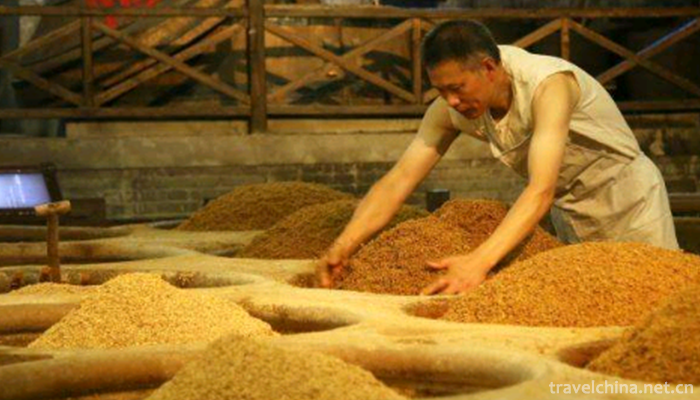
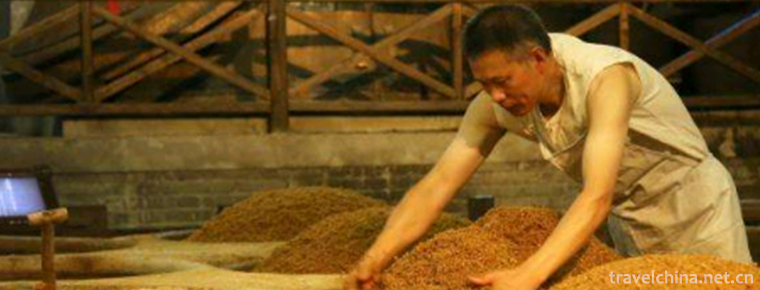
Brewing Techniques of Zhenjiang Hengshun Fragrant Vinegar
-
Lijiang bacon pork
Views: 370 Time 2018-10-17 -
Vegetable party
Vegetable party (alias Su Chunjuan) is one of the common local traditional snacks in Guiyang. It can be seen almost everywhere in the streets of Guiyang. This dish is crisp
Views: 186 Time 2018-11-05 -
The Badaling Great Wall
Juyongguan Great Wall is a famous ancient city along the Great Wall of Beijing and a national cultural relic protection unit. It is a national AAAA scenic spot assessed by Beijing Tourism Bureau
Views: 353 Time 2018-12-09 -
Yan Nanfei Tea Field Scenic Area
Yannan Fei Tea Field Resort, located in Yanyang Town, Meixian District, Meizhou City, is the first AAAA-level tourist attraction in eastern Guangdong Province, and has been upgraded to 5A-level touris
Views: 188 Time 2018-12-12 -
Jining Beihu Tourist Resort
Jining is the world-famous town of Confucius and Mencius and the capital of the canal. Located 6 kilometers south of Jining City, Shandong Province, Beihu Lake is a new tourist attraction in Shandong
Views: 223 Time 2019-01-21 -
The tru Valley
Turugou is located in Liancheng Forest, Yongdeng County, 160 kilometers northwest of Lanzhou City. It belongs to the eastern foot of Qilian Mountains.
Views: 209 Time 2019-02-22 -
Tone tune
Colour tune, commonly known as tune, colour tune, colour lantern, Na Hao Hey and so on, is one of the local operas in Guangxi. It belongs to the system of Lantern opera
Views: 407 Time 2019-04-04 -
Line lion
Line lion is a local traditional lion dance in Ningde City, Fujian Province. Shiqiaotou village's line lion nine lions map originated from the celebration of the Lantern Festival on the 15th day of th
Views: 226 Time 2019-07-03 -
Communication University Of China
Communication University of China ( Communication University of China Referred to as "Zhong Chuan", located in the capital city. Beijing Yes. Ministry of Education of the People's Republic o
Views: 153 Time 2019-12-03 -
Laojunshan scenic spot in Pingshan County
Laojunshan scenic spot in Pingshan County is a provincial scenic spot approved by the people's Government of Sichuan Province. It is located on the southern edge of Sichuan Basin and is located on the arc-shaped tourism line of Chengdu Emei
Views: 172 Time 2020-10-16 -
Historical evolution of Neijiang
Xia and Shang were Liangzhou, Zhou was Yongzhou, spring and autumn and Warring States were ba Jun and Shu Jun; Western Han Dynasty was Zizhou; Eastern Han Dynasty was Han'an county.
Views: 335 Time 2020-12-16 -
Neijiang population
By the end of 2019, the total population of Neijiang's household registration was 4 million 81 thousand and 800, a decrease of 35 thousand and 900 from the end of last year, of which 2 million 103 thousand and 400 were male and 19 thousand were reduced
Views: 356 Time 2020-12-16
